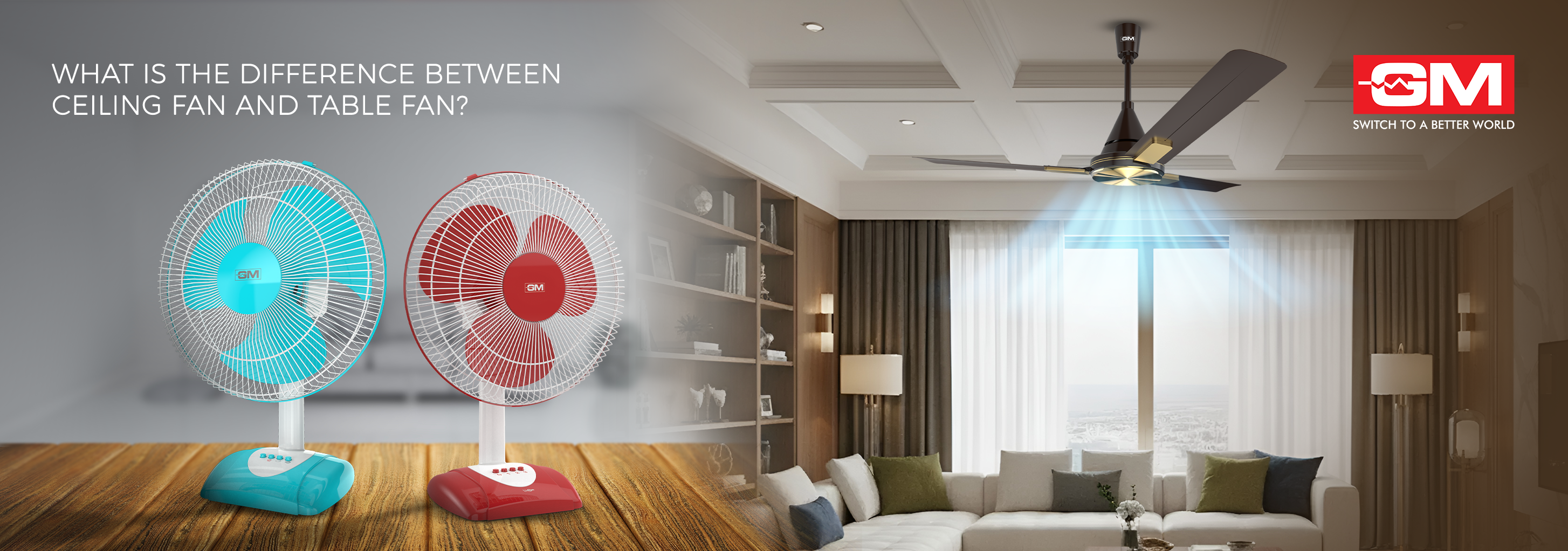Blog
Working Principle of RCCB & Its Uses
Updated on Dec 2024

Electricity, a cornerstone of modern life, powers our homes, offices, and industries. However, this energy source also poses significant risks, including electric shocks, fires, and electrocution. To mitigate these dangers, a crucial safety device has emerged: the Residual Current Circuit Breaker (RCCB).
By understanding the working principle of RCCB, we can appreciate its vital role in safeguarding our environment and protecting us from potential harm. This blog delves into the intricacies of RCCBs, exploring their definition, operation, types, applications, and the numerous benefits they offer.
What is an RCCB?
An RCCB, or Residual Current Circuit Breaker, is an electrical safety device that detects and disconnects the power supply in the event of a leakage current. This ensures protection from electric shocks, electrocution, and fire caused by faulty circuits.
RCCB uses are widely effective in residential, commercial, and industrial environments for real-time fault detection. They are essential for providing a layer of protection that traditional circuit breakers often lack.
Working Principle of RCCB
The RCCB works on the principle of detecting imbalances in electrical currents. According to Kirchhoff’s Current Law, the current flowing into a circuit (live wire) should equal the current flowing out (neutral wire). The RCCB continuously monitors this balance.
- If there is a leakage current—such as when electricity flows through an unintended path, like a human body—an imbalance occurs.
- The RCCB detects this imbalance as a residual current.
- It trips the circuit instantly, cutting off the power supply and preventing further hazards.
Note: The 3-phase RCCB operates on the same principle as a single-phase RCCB but monitors all three phases simultaneously. It is used in industrial applications to protect heavy machinery and systems. The 3-phase RCCB ensures balanced current flow across all three phases and trips when an imbalance occurs due to leakage or faults.
Test Mechanism
RCCBs are equipped with a test button that simulates a leakage condition. When pressed, it creates an imbalance, causing the RCCB to trip. This feature helps verify the functionality of the device.
Types of RCCBs
Based on their sensitivity and application, RCCBs are classified into the following categories:
1. Type AC
● Designed for general use.
● Detects sinusoidal residual currents in AC circuits.
2. Type A
● Suitable for environments with electronic equipment.
● Detects pulsating DC and AC currents.
3. Type B
● Advanced RCCB that detects pure DC, pulsating DC, and AC currents.
● Ideal for sensitive industrial applications.
4. Type F
● Designed for circuits with both AC and DC residual currents.
● Used in environments requiring selective sensitivity.
5. Type H
● High-sensitivity RCCBs for critical applications.
● Ensures maximum protection in sensitive environments.
Uses of RCCB
The use of RCCBs extends across various settings due to their reliability and functionality. Some key applications include:
1. Residential Use
○ Protects against electric shocks and fire caused by faulty wiring or appliances.
○ Essential for wet areas like bathrooms and kitchens.
2. Commercial and Office Spaces
○ Ensures safety in environments with multiple electrical devices.
○ Prevents equipment damage caused by leakage currents.
3. Industrial Applications
○ Safeguards machinery and personnel in high-voltage environments.
○ Detects complex current imbalances caused by heavy machinery.
4. Public Spaces
○ Ensures the safety of individuals in public buildings, hospitals, and schools.
○ Prevents large-scale electrical mishaps.
Benefits of RCCB
RCCBs offer numerous advantages, making them a must-have in electrical systems:
1. Electrical Safety
RCCBs protect individuals from electric shocks by disconnecting the circuit as soon as a leakage current is detected.
2. Fire Prevention
By isolating faulty circuits with leakage currents, RCCBs help prevent electrical fires.
3. Equipment Protection
They safeguard appliances and devices by preventing damage caused by faulty currents.
4. Compliance with Standards
RCCBs adhere to safety regulations, ensuring compliance with electrical standards in homes and industries.
5. Versatility
RCCBs can be installed in various residential, commercial, and industrial settings.
6. Early Hazard Detection
Their quick response to residual currents ensures early detection and mitigation of potential hazards.
Maintenance Tips for RCCB
- Regular Testing: Use the test button periodically to ensure proper functioning.
- Visual Inspection: Check for signs of wear, damage, or loose connections.
- Professional Servicing: Conduct routine maintenance with certified electricians to prevent potential issues.
An RCCB is an indispensable safety device that ensures protection from electrical hazards like shocks and fires. Understanding the working principle of RCCB and its uses can help you make informed decisions for safer electrical installations in homes, offices, and industrial settings. With the advanced safety features offered by GM Modular’s RCCBs, you can experience enhanced protection and peace of mind. Safeguard your spaces today with reliable and efficient RCCBs!
For a deeper understanding of RCCBs and their practical applications, visit our blog on What are the Different Types of RCCB and Its Uses
Related Blogs

Who Invented the Ceiling Fan? A Journey Through Time
Ceiling fans are a quiet yet transformative part of life at home, offering comfort, style, and energy savings all year round. But not many of us know about the invention of the ceiling fan and how this humble device revolutionised modern living. To a
Read More
What is the Difference Between a Ceiling Fan and a Table Fan?
Fans are easy to use and save energy, so most people use them to keep a room cool and comfortable. But before you buy one, you should know what makes a ceiling fan different from a table fan. They both move air, but they do it in very different ways
Read More
Types of Doorbells Explained: Wired, Wireless, Smart, and More
A doorbell is one of the most important parts of a home or office, but it's also one of the most common things that people forget about. It not only lets visitors know you're home, but it also makes your space more convenient, safe, and stylish. The
Read More
How to Use a Steam Iron Safely and Effectively?
No matter if you're going to work, a meeting, or a party, wearing a crisp, wrinkle-free outfit can boost your confidence right away. But you need to know how to use a steam iron correctly to get that perfect finish. A steam iron isn't just another ap
Read More